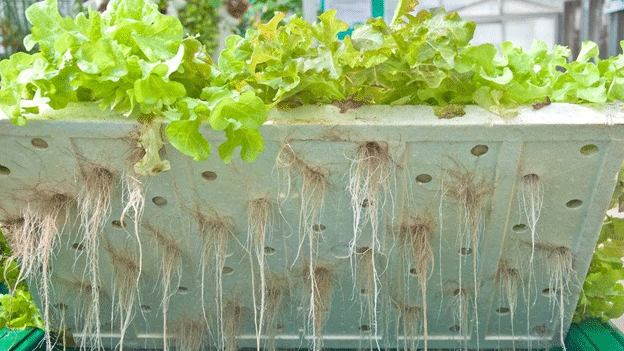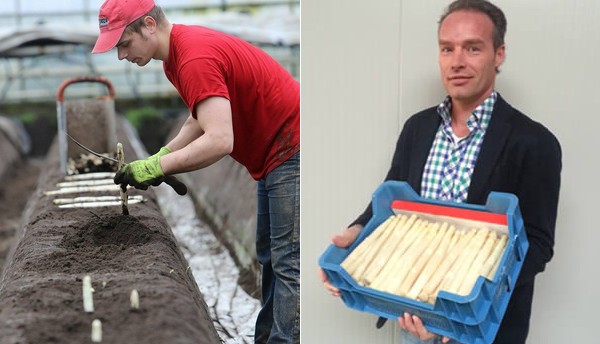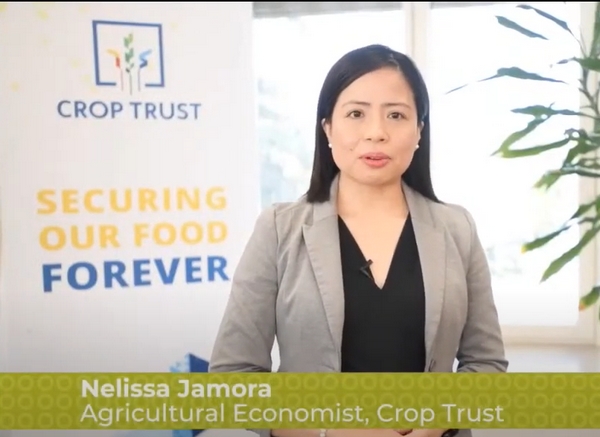The Hydroponics Revolution: A Market on the Rise
The hydroponics nutrient dosing system market is rapidly expanding, with a valuation of USD 8.3 billion in 2023 and a projected growth to USD 18.47 billion by 2032. Driven by a combination of rising global demand for sustainable agriculture and technological advancements, hydroponics offers a promising solution to modern agricultural challenges such as water scarcity, urbanization, and the need for year-round crop production.
Key Growth Drivers
- Sustainable Agriculture Demand:
With the global population expected to exceed 9 billion by 2050, innovative farming methods are crucial. Hydroponics uses 90% less water than traditional agriculture and minimizes pesticide use, making it an eco-friendly alternative. - Technological Advancements:
The development of automated nutrient dosing systems has transformed hydroponic farming. These systems provide precise nutrient delivery, reducing waste and improving yields. For example, IoT-enabled dosing systems can monitor nutrient levels in real-time, optimizing plant health. - Shift to Organic Farming:
The growing consumer preference for organic produce has fueled demand for organic nutrients in hydroponic systems. Organic nutrient formulations have advanced, making them viable for high-yield, sustainable production.
Market Segmentation
The hydroponics nutrient dosing system market is categorized by system type, nutrient type, control mechanism, application, and region:
- System Type:
-
- Open Loop Systems: Affordable and simple, these systems are favored by small-scale farmers.
- Closed Loop Systems: Efficient and environmentally friendly, these systems are preferred for large-scale operations due to their nutrient recycling capabilities.
- Nutrient Type:
-
- Synthetic Nutrients: These remain popular for their consistency in high-output farming.
- Organic Nutrients: The segment is growing rapidly as consumers demand sustainable, chemical-free food options.
- Control Mechanism:
-
- Manual Systems: Still used in small-scale setups but increasingly replaced by automated solutions.
- Automated Systems: These offer precision and scalability, integrating seamlessly with AI and IoT technologies.
- Application:
-
- Indoor Farming: Vertical farms and greenhouses dominate this segment, especially in urban areas.
- Outdoor Farming: Gaining traction in favorable climates, though still a smaller segment.
Regional Trends
- North America: Leading the market with its adoption of advanced farming technologies and significant investments in R&D.
- Europe: Policies supporting organic farming and sustainability are driving growth.
- Asia Pacific: Limited arable land and population growth have made hydroponics essential in this region.
- Middle East and Africa: Addressing water scarcity and extreme climate challenges, hydroponics is becoming a key strategy for food security.
Industry Leaders
Major players, including General Hydroponics, Netafim, and Haifa Group, are focusing on partnerships, innovation, and regional expansion. For instance, AI-driven dosing systems and vertical farming integration are paving the way for smarter and more efficient farming practices.
Challenges to Address
Despite its growth potential, the hydroponics market faces obstacles:
- High Initial Costs: Advanced systems require significant upfront investment.
- Limited Awareness: Many traditional farmers are unfamiliar with hydroponics and its benefits.
- Technical Complexity: Skilled labor and technical knowledge are necessary for successful implementation.
Hydroponics nutrient dosing systems represent a transformative leap in sustainable agriculture, offering solutions to global challenges like resource scarcity and urbanization. While the market faces hurdles such as high costs and limited awareness, advancements in automation, organic nutrients, and education hold the key to widespread adoption. With a projected CAGR of 9.29%, this market is poised to redefine farming, making it more efficient, sustainable, and resilient.











